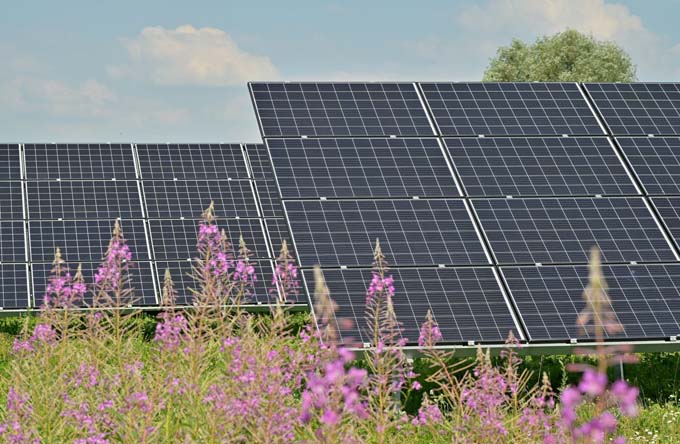Kearney study: Sustainable products are too expensive
A new study by management consultants Kearney reveals the excessive price margins for organic products. Especially in the organic segment, goods cost on average 75 to 85 percent more than conventional ones. The pricing of sustainable products is thus far above the true costs and price expectations of customers. However, the study also shows that consumers' willingness to pay more for sustainable products has increased in recent years.











